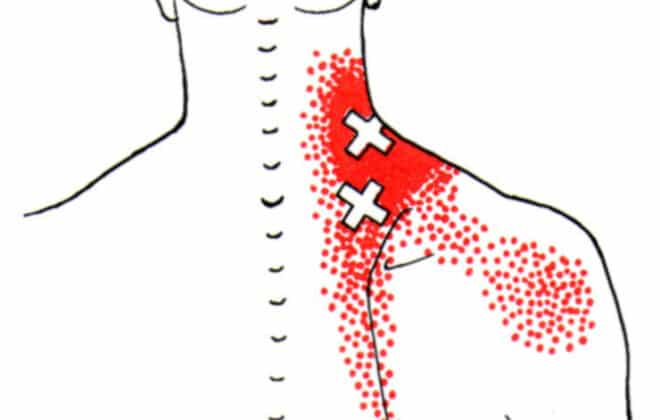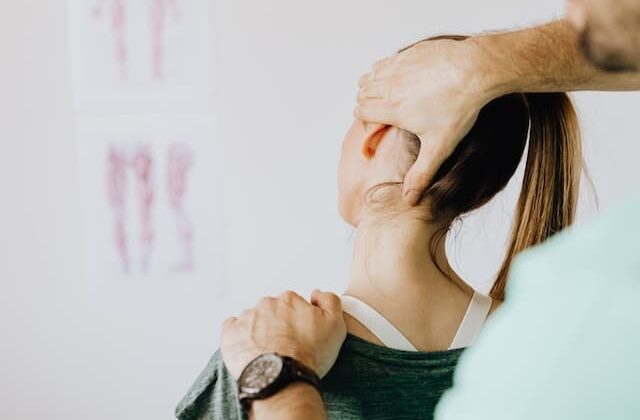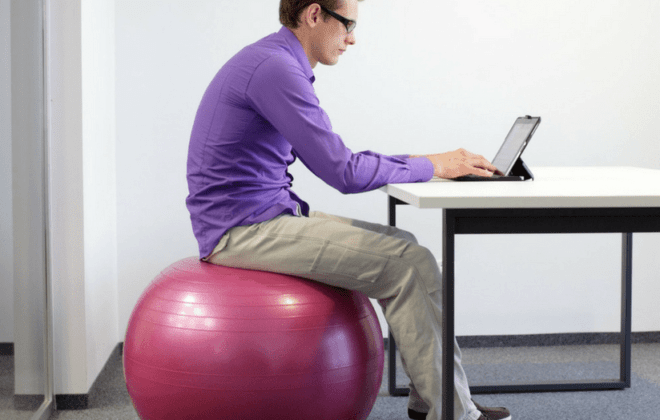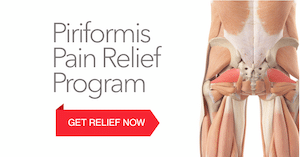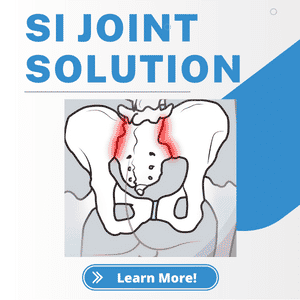Levator Scapulae Pain: Unraveling the Mystery and Finding Relief
Ah, the levator scapulae. It’s a muscle you might not have even heard of, but boy does it make itself known when it’s unhappy. If you’ve been experiencing pain in this area, you know just how much of a nuisance it can be, affecting everything from carrying a purse to using a mouse at the computer. So let’s delve into the nitty-gritty of pain in levator scapulae, figure out what’s causing it, and more importantly, how to relieve it.
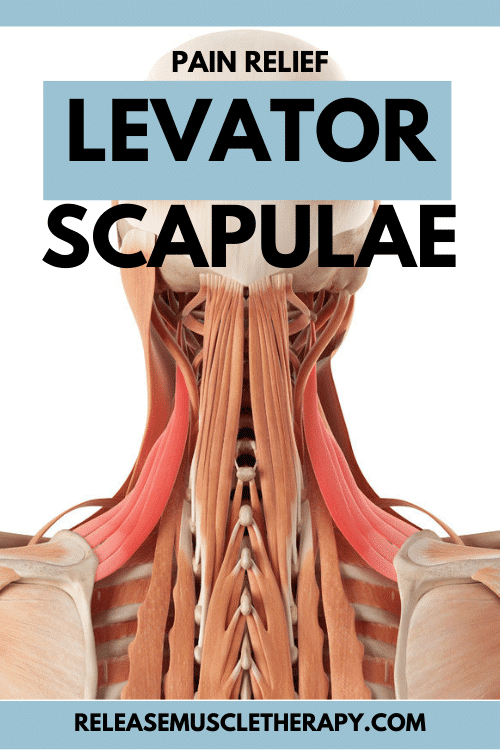
Levator Scap on the Move
The levator scapulae muscle is responsible for elevating and rotating the scapula (shoulder blade), as well as stabilizing the neck and shoulders during movement. It’s a crucial player when it comes to carrying heavy bags, wearing a backpack, or even just holding your phone to your ear. With so many potential triggers, it’s no wonder that pain in this muscle can become a real thorn in your side (or, more accurately, your neck and shoulder).
How Do You Relieve Levator Scapulae Pain?
There are several strategies for relieving pain in the levator scapulae:
- Stretching: Gentle stretches, like the upper trapezius stretch, can help alleviate tension in the muscle. Check out our guide to upper trap stretches for more ideas.
- Heat and Cold Therapy: Applying heat or ice to the affected area can reduce inflammation and promote relaxation.
- Massage: A targeted massage can help release tightness and alleviate pain. Follow our step-by-step guide for a levator scapulae release.
- Posture Correction: Adjusting your posture, particularly when sitting or standing for long periods, can help prevent further strain on the muscle.
What Causes Pain in the Levator Scapulae?
There are several factors that can contribute to pain in the levator scapulae:
- Poor posture: Slouching or hunching over can place strain on the muscle and lead to pain.
- Muscle imbalances: Weakness or tightness in other muscles can cause the levator scapulae to work harder, resulting in discomfort.
- Overuse: Repetitive movements, like carrying heavy bags or using a computer mouse, can strain the muscle and cause pain.
- Stress: Tension and stress can cause muscles, including the levator scapulae, to tighten and become painful.
What Does a Strained Levator Scapulae Feel Like?
A strained levator scapulae can cause a variety of symptoms, such as pain at the base of the neck, aching or stiffness in the shoulder area, and difficulty turning the head. It can also lead to headaches and a reduced range of motion in the neck and shoulders.
How Do You Release Trigger Points in Levator Scapulae?
Releasing trigger points in the levator scapulae can be done through a combination of self-massage, stretching, and professional treatment. Here are some steps to follow:
- Locate the trigger point: Feel for tender spots along the muscle, from the base of the neck to the shoulder blade.
- Apply pressure: Use your fingers, a massage ball, or a foam roller to apply gentle pressure to the trigger point.
- Stretch: Perform levator scapula stretches to help release the muscle and improve flexibility.
- Seek professional help: A qualified massage therapist or physiotherapist can provide targeted treatment to help release trigger points and alleviate pain.
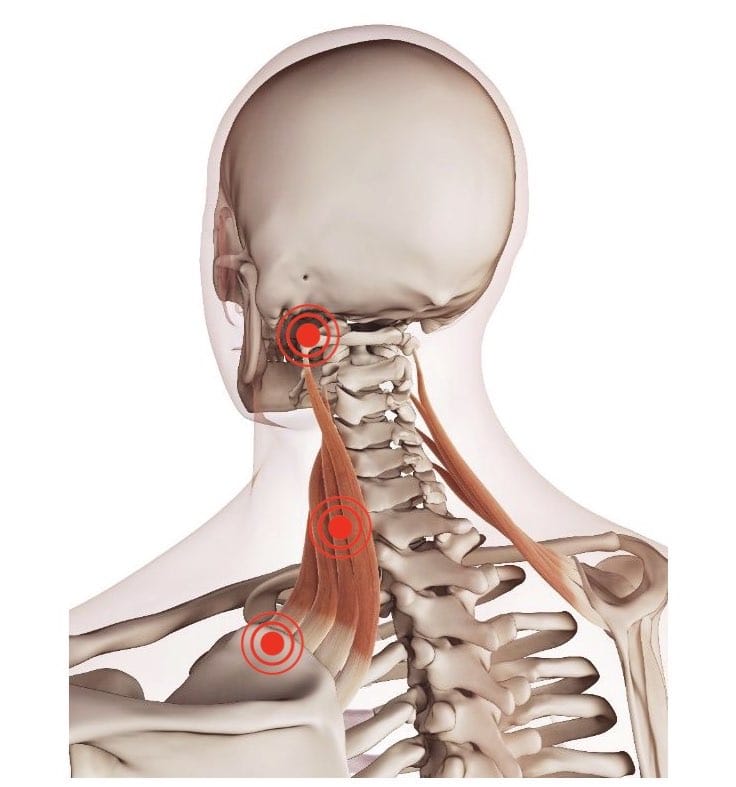
FAQs
Q: Can poor posture cause levator scapulae pain?
A: Absolutely! Poor posture, particularly when sitting or standing for long periods, can place strain on the levator scapulae and contribute to pain.
Q: What are some common activities that can trigger levator scapulae pain?
A: Activities such as carrying a heavy purse, using a computer mouse, or even holding a phone to your ear can strain the levator scapulae and cause discomfort.
Q: Can stress contribute to levator scapulae pain?
A: Yes, stress can cause tension in the muscles, including the levator scapulae, which can lead to pain and discomfort.
Q: How can I prevent levator scapulae pain in the future?
A: To prevent pain in the levator scapulae, focus on maintaining good posture, regularly stretching and strengthening the muscle, and managing stress.
Conclusion
Don’t let pain in levator scapulae rain on your parade any longer! By understanding the unique causes and taking the necessary steps to relieve discomfort, you can get back to living your life pain-free. Whether it’s releasing trigger points, improving your posture, or seeking professional help like massage therapy and corrective exercise, there are plenty of ways to tackle that pesky levator scap pain.
Ready to take the plunge and find relief? Don’t hesitate to reach out to a qualified professional who can help you unravel the mystery of levator scapulae pain and guide you on the path to recovery.
Sam Visnic
Most Popular Posts
Categories
- Deep Gluteal Pain Syndrome (8)
- Deltoids (2)
- Foam Rolling (2)
- Glutes (9)
- Hamstrings (5)
- Hypnosis for Pain (3)
- Lats (2)
- Levator Scapulae (4)
- Lifestyle (8)
- Massage Therapy (39)
- Mobility (21)
- Movement and Exercise (19)
- Muscles (22)
- Nutrition (2)
- Obliques (1)
- Pain (25)
- Pectorals (3)
- Piriformis (3)
- Plantar Fasciitis (11)
- Psoas (11)
- Quadratus Lumborum (3)
- Quadriceps (2)
- Rhomboids (3)
- Sciatica (1)
- Serratus Anterior (1)
- SI Joint (14)
- Sternocleidomastoid (1)
- Stretching (18)
- Subscapularis (1)
- TMJ (2)
- Trapezius (1)
- Uncategorized (12)

